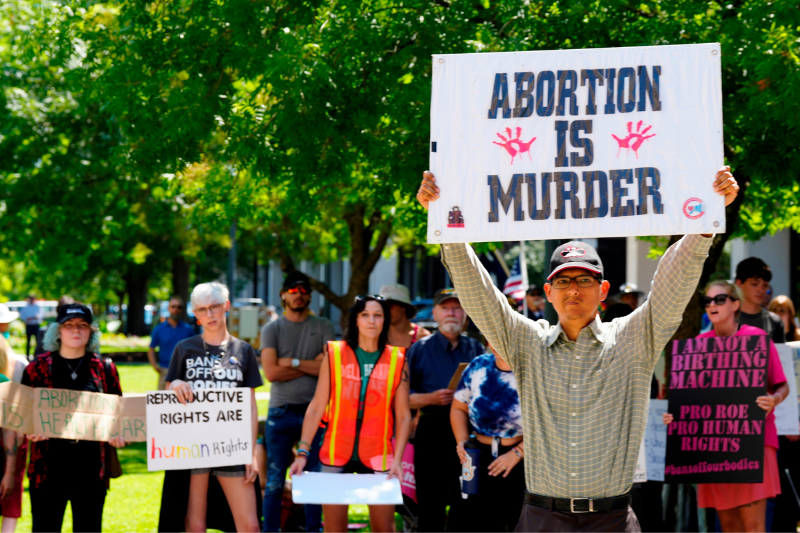
s. carolina abortion ban with ‘fetal heartbeat’ definition is confusing
This week, the South Carolina Supreme Court upheld a ban on most abortions. The newly all-male Supreme Court upheld a law on abortions, banning most such procedures except in the earliest weeks of pregnancy.
However, the doctors said that the definition of ‘fetal heartbeat’ is confusing. Dr. Dawn Bingham, chair of the South Carolina section of the American College of Obstetricians and Gynecologists, or AGOC, said that their definition created confusion.
This week, Justice John Kittredge wrote that “we leave for another day,” a decision on what the language of the statute means for exactly when the prohibition should begin throughout a pregnancy, forecasting another protracted legal battle on that issue.
The new ruling prohibits abortions after a fetal heartbeat has been detected. The lawyers reportedly upheld a ban on procedures performed after six weeks of pregnancy, after the detection of a ‘fetal heartbeat’. The ban took effect immediately. The law was signed by Republican Gov. Henry McMaster, who also celebrated Wednesday’s ruling.
Keep Reading
However, the American Civil Liberties Union of South Carolina said, “This harmful law was written and forced through by people we elected to represent our priorities.”
Chief Justice Donald Beatty said that the definition about ‘fetal heartbeat’ provides no clarity on when the ban begins. The Planned Parenthood South Atlantic clinic in Columbia also paused abortion to understand the exact meaning of ‘fetal heartbeat’.
Many doctors argued that language was clinically inaccurate to understand the importance of the ban. Women’s Rights and Empowerment Network CEO Ann Warner said that “people are going to suffer and die during pregnancies.”
The law in South Carolina mandates that healthcare professionals do an ultrasound on any women seeking an abortion, show the photos, and document a description of any visible “fetal heartbeat.” However, the ACOG (American College of Obstetricians and Gynecologists) said that an actual heart is not detectable by ultrasound until 17 to 20 weeks of gestational age.









